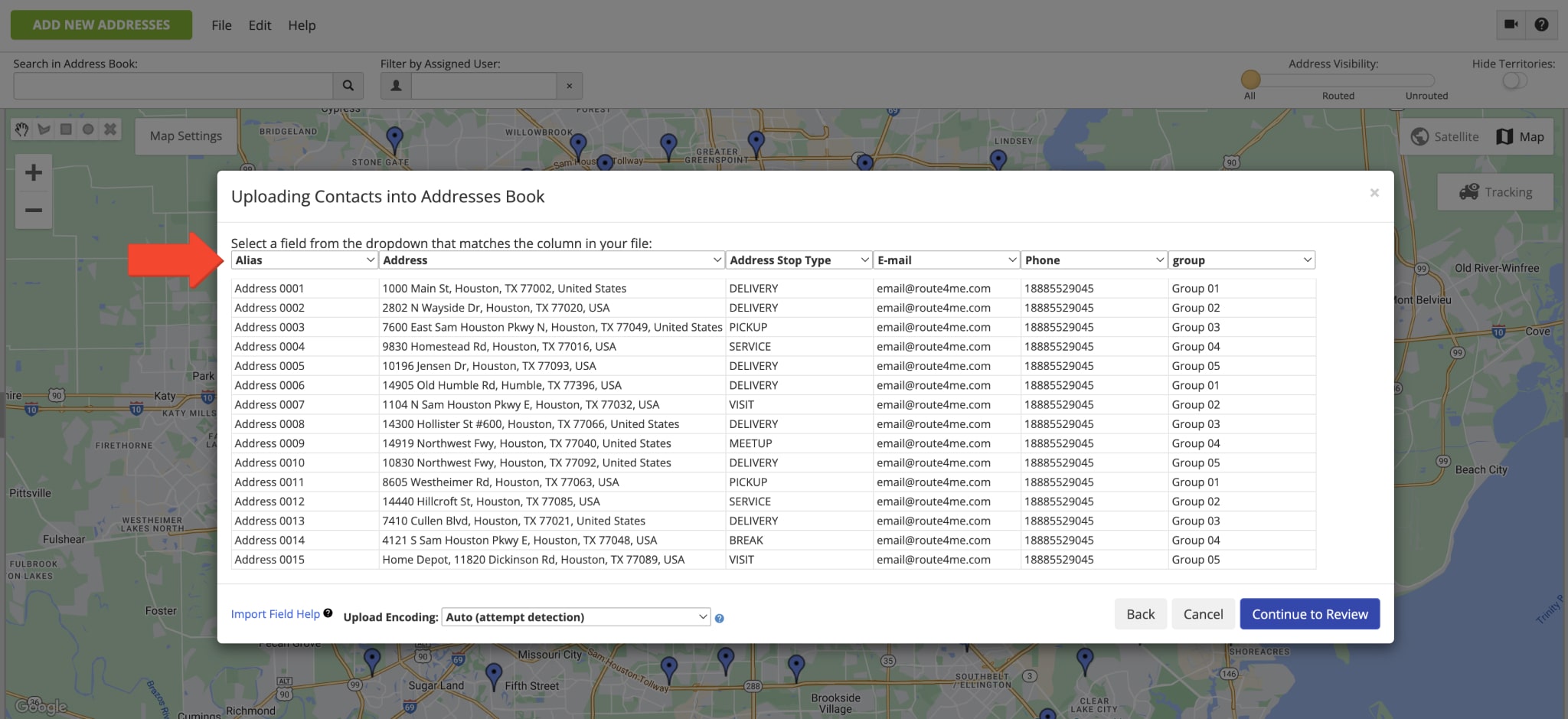How To Plan A Truck Route With Commercial Vehicle Routing Software
Planning a truck route requires more than just plotting stops on a map. It demands reliable routing software that accounts for vehicle size, weight, and road restrictions. Unlike standard navigation tools, commercial vehicle routing must comply with legal regulations, low-clearance hazards, and roadway limitations. Using a multi-stop route planner designed for trucks helps you avoid costly violations while optimizing delivery efficiency and driver safety. In this guide, you’ll learn how to plan safe, legal, and cost-effective truck routes using Route4Me’s commercial vehicle routing software.
Routing must account for regulations, restrictions, and road constraints, making it essential to test your routes using real data with a free route planner trial. Try a 7-Day Free Route Planner Unlimited Stops and Unlimited Tasks Test Drive today!
Table of Contents
What Is Truck Routing (Or Truck Route Planning)?
Truck routing – also called truck route planning – focuses on planning routes specifically for commercial motor vehicles (CMVs). Unlike regular route planning, truck routing must consider loading capacity, vehicle dimensions, and truck-specific road restrictions. Ignoring these factors can lead to violations, delays, and higher operating costs.
Can You Set Google Maps For Trucks?
No, Google Maps isn’t designed for these routes. While it can help truckers locate fuel stations, parking lots, or landmarks, it doesn’t account for legal truck restrictions. Using the Google route planner for trucking can result in unsafe directions, fines, or even accidents. Instead, businesses should rely on dedicated routing software for accurate and compliant routes.
How Do You Optimize A Truck Route?
To optimize a route, you need trusted routing software that calculates the safest and most efficient path while avoiding restricted roads. Route4Me’s route planning software lets you plan routes that accommodate your specific needs. With Route4Me, the easiest truck routing software, you can plan routes that account for:
- Weight, height, width, and length restrictions
- Low clearances or bridges
- Hazmat cargo
- Tunnels, tolls, and highways
How to Plan Truck Routes Using A Route Planner
Route4Me helps simplify route creation, saves time, and ensures compliance. Once routes are optimized, they can be dispatched to drivers’ mobile apps for navigation and tracking. Here’s how to plan a route in 8 steps:
1. Build Commercial Vehicle Fleet On Your Routing Software
Start by adding each truck to your route planning. Route4Me, among the best solutions for enterprise truck routing, lets you create detailed CMV profiles, including truck type, height, weight, trailer length, axle load, and more. Supported vehicles range from 18-wheelers to cement mixers and livestock carriers.
2. Enter Addresses Into The Routing Software
Upload customer addresses or delivery points in bulk via spreadsheets, cloud storage, web file transfer tools, or scanned documents. Route4Me’s enterprise routing software supports hundreds of thousands of addresses, making it ideal for enterprise route planning.
3. Select Preferred Optimization Type
Choose an optimization type based on your fleet setup. Options include mixed fleet, multiple depots, or driver skill-based routing. Route4Me ensures that each route reflects your unique operational needs.

4. Choose Where Routes End
Next, decide whether each route should:
- Return to the starting location (roundtrip)
- End at the final stop
- End at the most optimal address (calculated automatically)
When choosing to end the route at any address, Route4Me, the best route planner software, automatically calculates the most optimal end stop.
5. Add Optimization Constraints And Business Rules
Fine-tune each route with constraints such as:
- Time windows
- Maximum route distance
- Maximum stops per route
- Maximum packages per route
- Order priority
- Cubic volume limit per route
6. Optimize Your Route
With Route4Me, you can optimize routes in seconds. The software ensures compliance with truck-specific traffic laws while minimizing drive time and costs. Manual planning, by contrast, is slow, error-prone, and risky for compliance.
7. Dispatch Routes To Drivers
With Route4Me, you can optimize routes in seconds straight to your truck drivers’ iOS or Android free truck driver apps. The software ensures compliance with truck-specific traffic laws while minimizing drive time and costs. Manual planning, by contrast, is slow, error-prone, and risky for compliance.
8. Track Truckers While Navigating Routes
Track progres in real time on a live map or review historical tracking as an animated replay. This visibility helps you improve accountability, safety, and efficiency across your fleet.
Last Updated:







